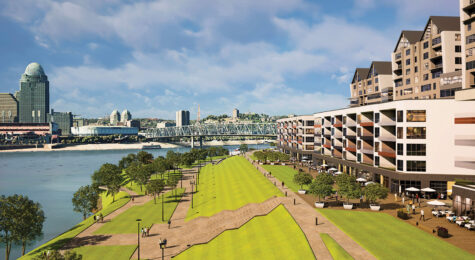The 7 Best Cities for Millennials Who Love Libraries
Research proves that millennials have a love affair with libraries. These small cities deliver more books for your buck.

Reading is back, and it’s cool again, particularly for young adults, thanks to an upswing in book clubs and #BookTok. According to the American Library Association, nearly 54% of both Gen-Z and millennials have physically visited a local library in the last year. And, according to the Pew Research Center, millennials especially love libraries — and they are more likely to visit a library or a bookmobile than any other adult generation. We all know that large metropolitan cities like New York and Los Angeles have excellent public library systems, with thousands of visitors each year and millions of books in circulation. Still, plenty of small to mid-sized cities around the country boast world-class libraries of their own.
Do you consider yourself a library connoisseur? Are you a constant scourer of the stacks? Then, you may want to pack up your book bag and head to one of these seven library-loving cities.
In This Article
Cincinnati, Ohio
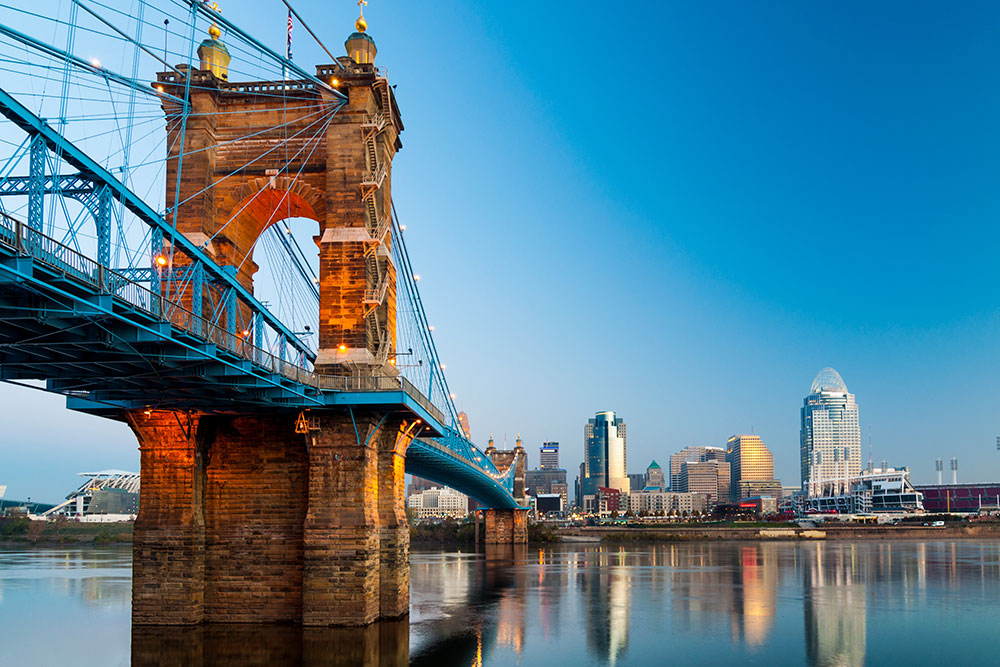
Cincinnatians have everything they could want when it comes to entertainment — opera, professional sports teams and a beautiful waterfront on the Ohio River — but the Queen City still loves to read. With a population of just over 308,000, Cincinnati has access to a collection of nearly 12 million(!) total titles from the Public Library of Cincinnati and Hamilton County Library system. In 2016, it was reported that the library system has a total circulation of 21,226,498 (second only to New York City) and nearly half a million library card holders. And, with 41 locations, it’s easy to find your next favorite read.
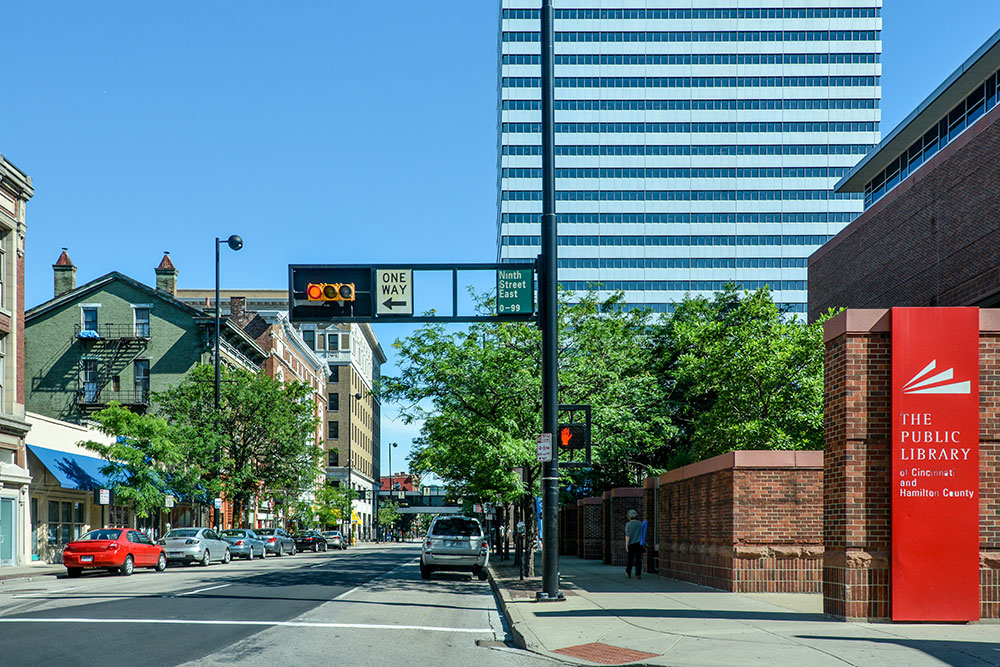
Cincinnati was named one of Livability’s 2023 Top 100 Best Places to Live, in part because the city has so much to offer at an accessible price point. The library helps ensure some of Cincinnati’s most unique attractions are available to all. In addition to all of the books and resources, the library also offers the unique opportunity of being able to check out a “discovery pass.” The pass allows residents to check out local attractions like The American Sign Museum, the Taft Museum of Art and the Harriet Beecher Stowe House at no cost.
When you’re not busy burying your nose in a book, you could visit the Findlay Market, Ohio’s oldest continuously operated public market or visit one of their many breweries around town – especially local treasure Rhinegeist, which is located in the historic Over-the-Rhine brewery district.
Minneapolis, Minnesota
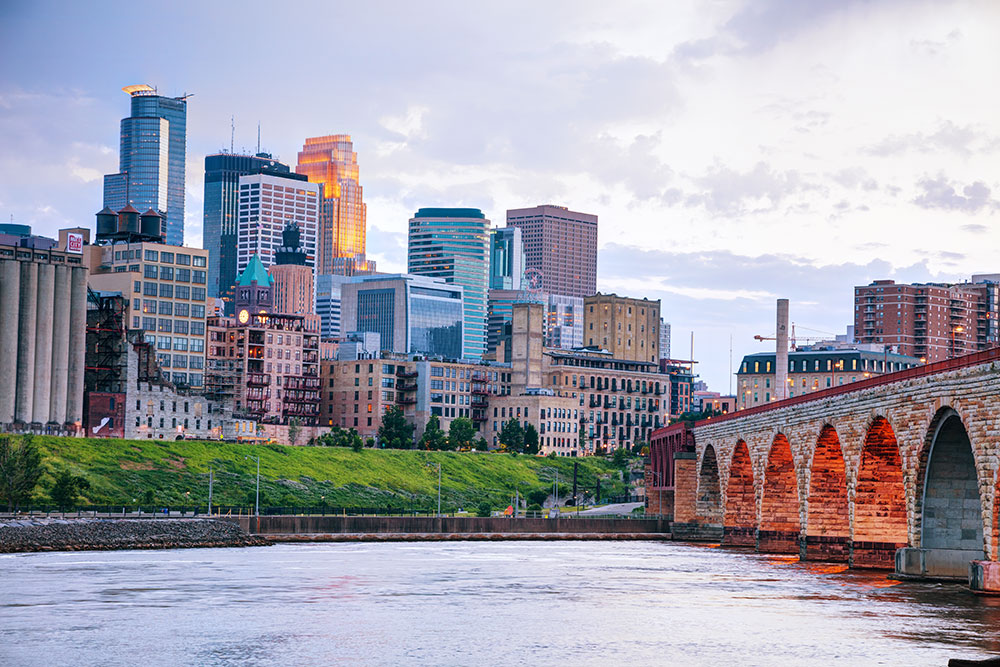
Minneapolis may have the nickname “Minnie,” but there’s certainly nothing small about their public library system. The Hennepin County Library has 4.3 million print materials alone, with a total collection of nearly 4.9 million. Because of this commitment to funding and stocking their library, it’s no wonder that this library system had over 5.3 million visitors in 2016, rivaling the likes of much bigger cities like San Diego, Miami and Seattle. Additionally, the system’s 41 libraries, website and outreach services serve 1.2 million county residents over 611 square miles.
After an afternoon of perusing the stacks, bibliophiles can visit one of Minnie’s 55 museums, explore the city in search of its many pieces of public art (including the massive homage to Bob Dylan’s career), or pay your respects at the nearby Paisley Park — Prince’s private estate and studio and one of his favorite spots in the city.
Fort Wayne, Indiana
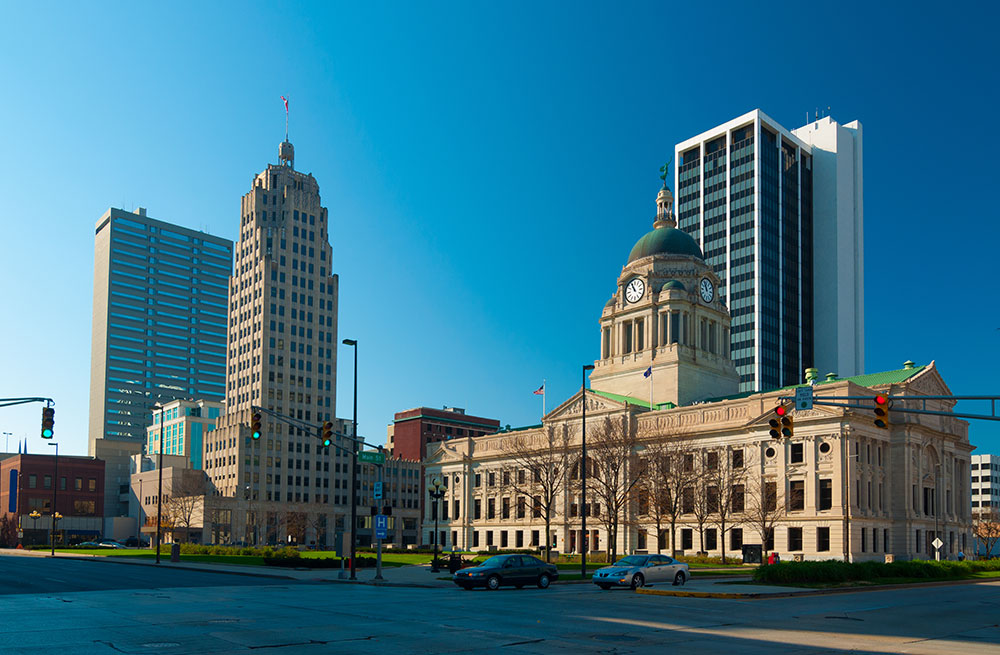
Fort Wayne is the second most populous city in Indiana, with a total population of around 264,000, but its library system is on par with cities twice its size. Bookworms in Fort Wayne can browse more than 3.5 million titles in their Allen County Public Library system, which stores more than the Houston, San Francisco, Las Vegas and Atlanta public library systems. It also has a circulation of over 13 million, which ranks them no. 14 in the entire country. The Allen County Public Library in downtown Fort Wayne also houses the Genealogy Center, one of the nation’s most extensive public genealogy collections.
This little Midwest city that reads is also home to the Fort Wayne Children’s Zoo, one of the best zoos in the nation, as well as a ballet company and philharmonic. For outdoor enthusiasts and Jack London readers, Fort Wayne has over 100 miles of trails and plenty of waterfront activities on the three rivers that cross through town.
Fort Lauderdale, Florida
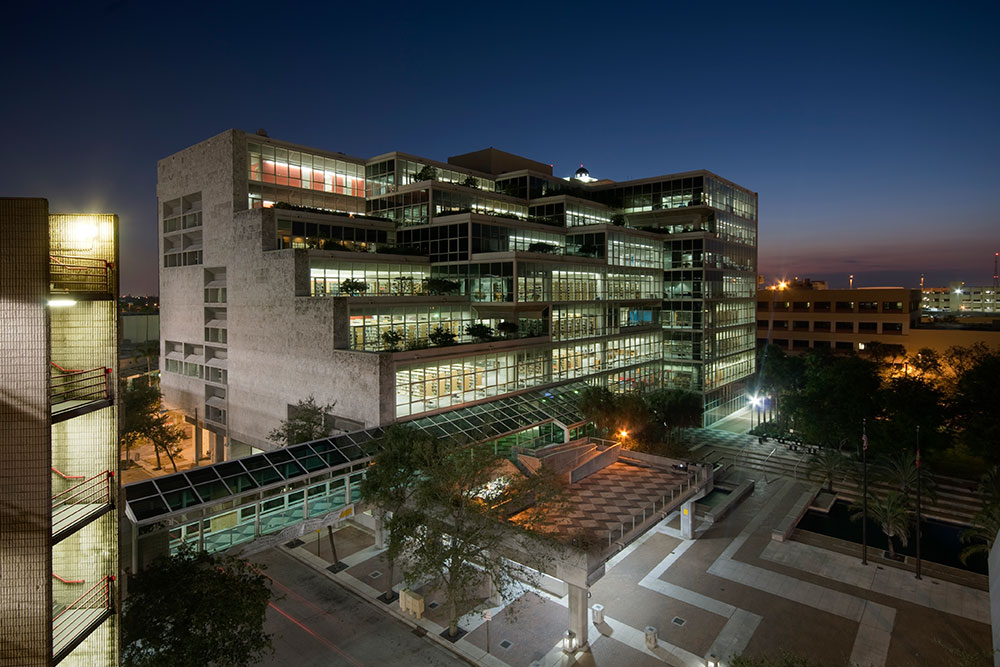
What could be better than reading a book in paradise? The answer: reading a lot of books in paradise. Fort Lauderdale is part of the Broward County Library system, with over 3.1 million titles in its collection and over 7 million visits to its branches in the 2016 fiscal year. In addition to its extensive collection of titles, this library system, like many others on our list, focuses heavily on community engagement and innovation.
How? With the implementation of “creation stations” around its different branches. The creation stations are designed to unleash a library patron’s creativity and ideas through robotics, virtual reality, photography and music. The library provides a free space in these stations to shoot videos, record music and do hands-on creative projects. It’s worth noting that while Florida has banned several books over the last year, the public libraries still house many of these titles that are just waiting to be read.
When you’re not discovering new titles, comb through some of the world’s most beautiful beaches (where you can visit sea turtles during their nesting season), take a boat through the Everglades or kayak through the city’s many waterways.
Dayton, Ohio
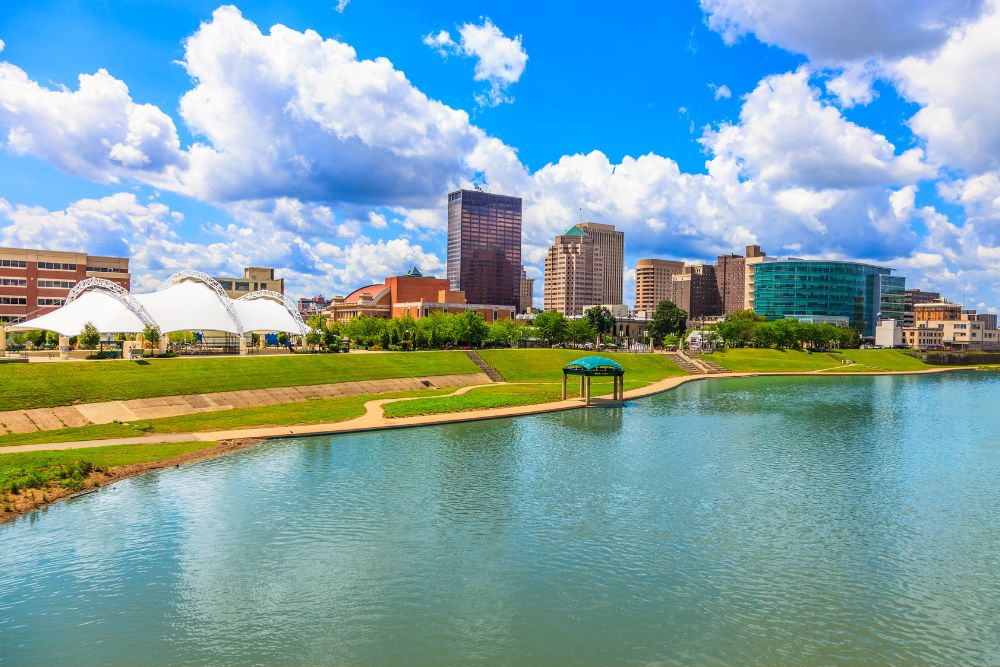
Any scholar or reader would be happy to pore over the Dayton Metro Library’s collection of nearly 5 million titles — with four million of those being hard copies of books. Dayton’s library system is impressive for a city of any size, let alone for a city with a population of less than 140,000. Beginning with just a collection of two bookcases back in the early 19th century, the Dayton Metro Library has grown into one of the most influential public library systems in the country. In 2012, a $187 million bond issue was passed (the largest in state history) to construct branches that are more like community centers that feature nontraditional library items, such as recording studios and audio and video equipment access. The library has the 11th-largest collection in the country.
After you’re done browsing through all of their titles or recording your next album at the library, you can take flight at several of the historic aviation sites around town, such as the Wright Cycle Company and the Wright-Dunbar Interpretive Center, the very spot the Wright Brothers envisioned a man in flight, as well as the National Museum of the US Air Force and the Armstrong Air & Space Museum.
Salt Lake City, Utah
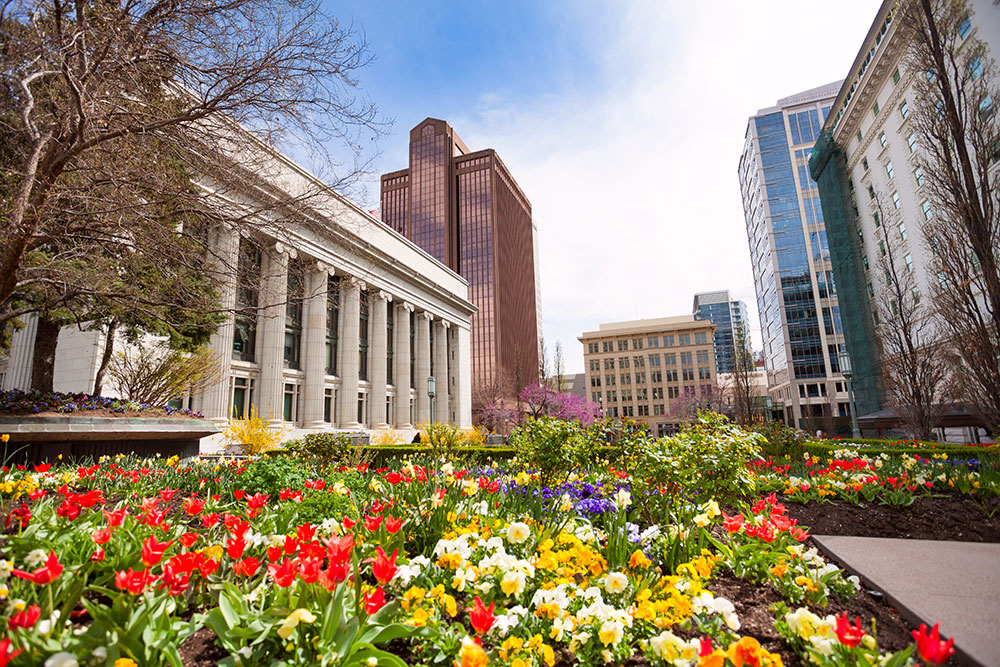
Besides its beautiful mountain views and the lake that gave the city its name, Salt Lake City is also part of a public library system with more than two million items available for checkout and a total circulation of over 13 million annually. In addition to books and traditional resources, the library system has a creative lab, which is a perfect space for techies to geek out and create, edit, and convert digital media projects using 3D modeling, video, audio, photography and even state-of-the-art sewing machines.
But beyond library walls, Salt Lake City is bound to upend your expectations as a modern-day millennial haven, with bike-sharing programs, farm-to-table restaurants, a great bar scene, and, of course, plenty of hiking (including right in the botanical gardens). Library lovers, in particular, won’t want to miss one of Salt Lake City’s treasures, Ken Sanders Rare Books, where you can find undiscovered and rare literary treasures.
Bethesda, Maryland
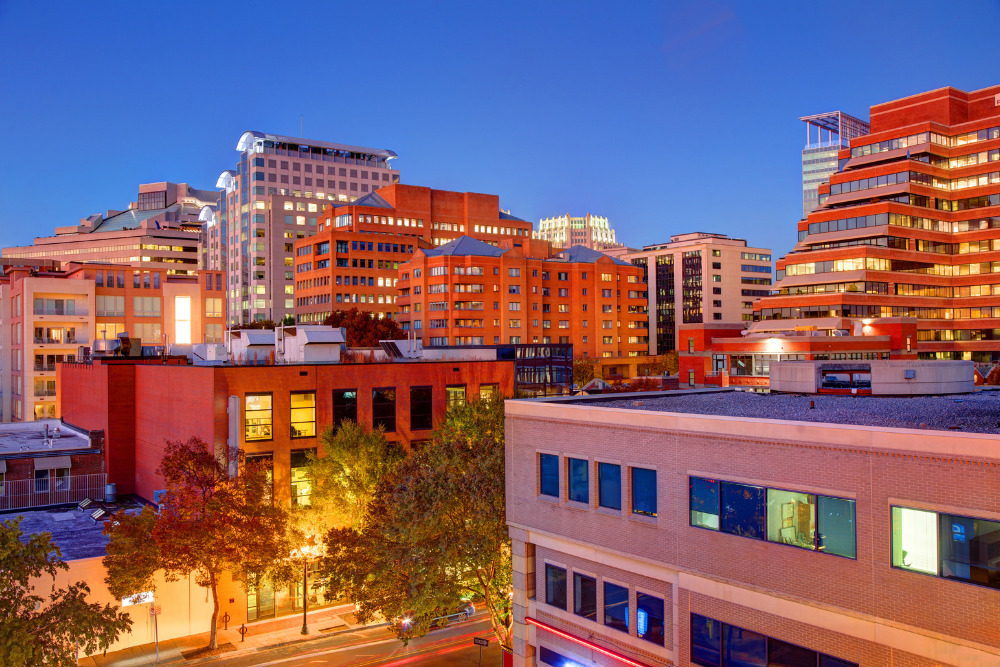
The small and quaint town of Bethesda — population 65,000 — is part of a powerhouse library system that gets nearly 5 million visitors yearly. The library system, named a 2018 top innovator honorable mention in the Civic and Community Engagement category from the Urban Libraries Council, has several ongoing initiatives to increase early literacy, digital literacy, health literacy and English language literacy through its innovative and creative strategic plan.
Not only do residents in Bethesda get to enjoy a library system that’s fully engaged in its community, but they have a dynamic arts scene that’s mostly found in the Strathmore, which is a 16-acre arts center campus that hosts concerts, art exhibitions — all in an 1899 mansion. Visitors at the Bethesda David Library can also take their kiddo downstairs to the KID museum, a children’s museum that uses STEM and arts and culture to provide a unique learning space.
Hungry for More?
Looking for a public library close to you? According to the American Library Association, here are the Top 25 public libraries by holdings:
1. New York Public Library (New York)
2. Public Library of Cincinnati and Hamilton County (Ohio)
3. Boston Public Library (Massachusetts)
4. Los Angeles Public Library (California)
5. Chicago Public Library (Illinois)
6. County of Los Angeles Public Library (California)
7. Queens Borough Public Library (New York)
8. San Diego Public Library (California)
9. Dallas Public Library (Texas)
10. Hennepin County Library (Minnesota)
11. Dayton Metro Library (Ohio)
12. Detroit Public Library (Michigan)
13. King County Library System (Washington)
14. Cleveland Public Library (Ohio)
15. Cuyahoga County Public Library (Ohio)
16. Brooklyn Public Library (New York)
17. Miami-Dade Public Library System (Florida)
18. Allen County Public Library (Indiana)
19. Hawaii State Public Library System (Hawaii)
20. City of St. Louis Municipal Library District (Missouri)
21. Broward County Libraries Division (Florida)
22. San Francisco Public Library (California)
23. Houston Public Library (Texas)
24. Las Vegas-Clark County Library District (Nevada)
25. Atlanta Fulton Public Library System (Georgia)


